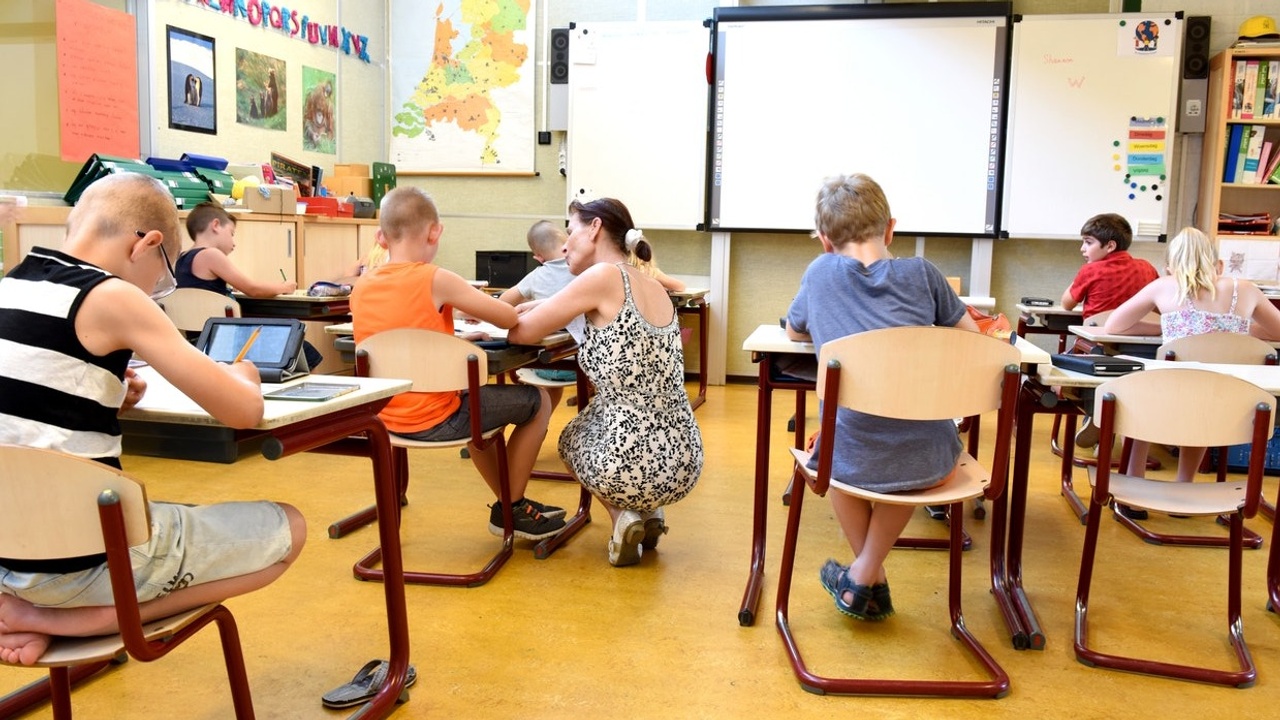Personalized Learning—It Can Be Done
Jun 13, 2022
By Dr. Douglas Green
During the pandemic, after students returned to school, I observed a move toward personalized learning in the elementary school in the district where I independently observe.
I believe that this effort resulted in near-normal learning gains for almost all students in this school. We will know when results from state tests (New York) come back soon.
A key piece to personalized learning is accessing an integrated learning system (ILS) that tracks students’ progress for the next appropriate learning activity. They have been around since the early 1980s—when they ran on mini-computers the size of a refrigerator—using text only.
Needless to say, they are greatly improved. Instead of going to a computer room a few times a week, students can access them on their own laptops at any time.
In a typical classroom that I observe, students are divided into groups of three to five.
- One group works with the teacher on either math or reading. These students share similar skills (typically high, medium, or low within the subject matter). With just a few students, it’s easy for the teacher to engage in formative assessment as each student responds. Teachers can also do formative assessments while providing individual feedback and circulating.
- A second group works on either reading or math using the ILS on their laptop. The district where I observe every teacher uses i-Ready, which you can find online
- This system provides detailed feedback on each student’s progress to the teacher, which helps form groups for specific, teacher-led lessons
- Students get instant feedback as they respond to system prompts. (Is there anything better than instant feedback?)
- A third group engages in a writing assignment. This is also personalized because students write using the skills they currently possess.

- A fourth group independently reads a book of interest at their reading level or does a math activity or game that requires collaboration. In some classrooms, there is also a special ed teacher (and/or aide) to facilitate other groups (or circulate to help students in need and keep independent learners on task).
- As for science or social studies, there is less need for personalized learning, as most lessons present material that is new to all students.
- Since these lessons also involve writing, personalized learning is built-in.
- Teachers post short videos and other content for students to watch and (maybe rewatch) for homework or as part of a group activity.
- In Art and PE, kids work or perform at their skill level.
- Music students join individual or group lessons with students who have similar skills.
As a result of this school’s efforts, it’s rare that a student will face a task that they have no chance of completing. At the same time, more capable students can move ahead.
The problem that districts need to confront—sooner rather than later—is how to push secondary teachers into a system where learning moves away from the one-size-fits-all stand-and-deliver classes.
Some secondary teachers have already done this. It’s easy in subjects where students spend most of their time working. This includes Art, PE, and technology classes like Robotics and Wood Shop, as well as computer programming and applications classes. Foreign language teachers use self-paced learning apps like DuoLingo to individualize learning. I use this app myself to learn another language (Swedish) at home.
The key is establishing a situation where students work either independently or in groups and get quick feedback—either from a teacher or a computer. The shift is listening less to a teacher—and spending more time doing.
This can be achieved in classrooms, but it requires vision and leadership to make it happen.





